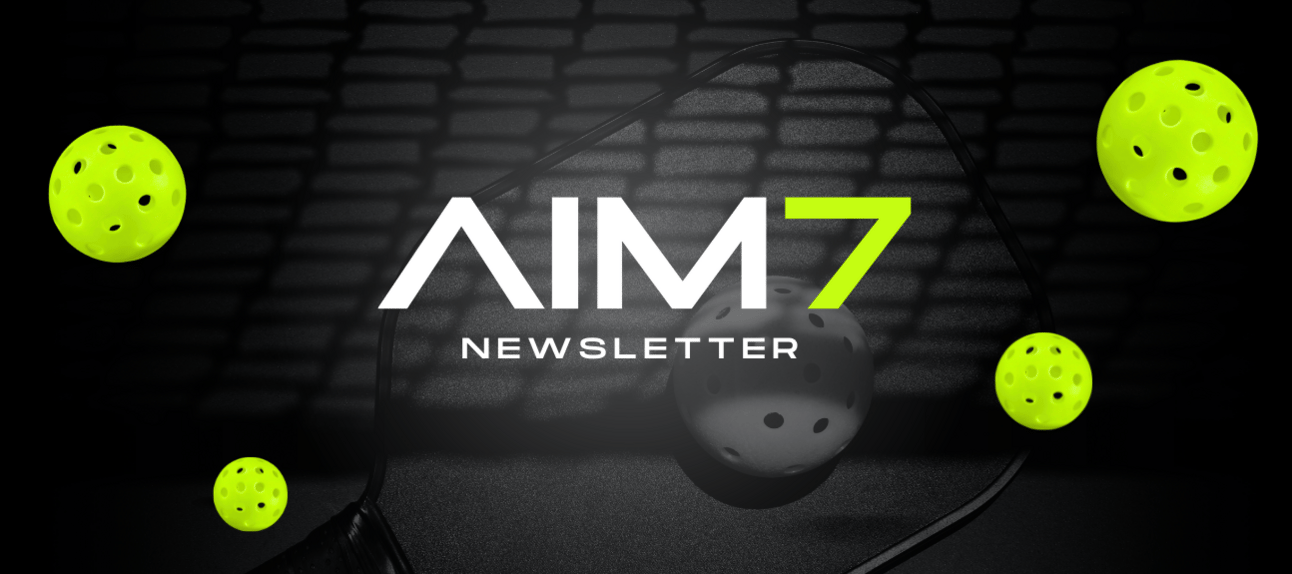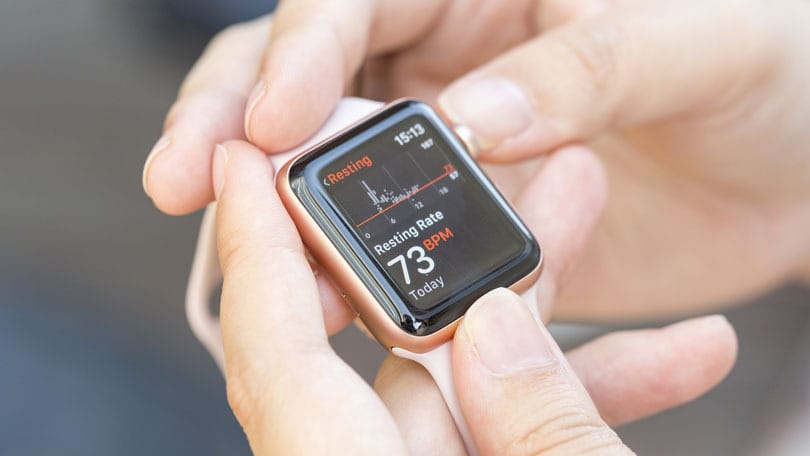- AIM7
- Posts
- How to Build a Winning Team Dynamic
How to Build a Winning Team Dynamic
Plus, how poor sleep slows your reaction time

Teamwork Makes the Dream Work in Doubles
In pickleball doubles, even two great players can fall short if their team dynamic is off. Blaming your partner, losing focus, or failing to stay in sync can drag down your performance enough to lose a match you should win.
So, what separates a winning duo from an average one? AIM7’s performance team found the answer after spending decades working with NFL, NBA, and NCAA teams.
The most important rule to keep in mind is the 5:1 Praise Ratio.
Aside from showering your partner with praises, what else can you do?
Understand What Drives Your Partner: Is your partner motivated by encouragement, a challenge, or a clear game plan? Tapping into what energizes them helps you both perform at your best.
Develop Reset Routines: Mistakes are inevitable, but how you respond to them matters. Use a simple "release, reset, refocus" routine to shake off errors and stay locked into the game.
Cue the Reset: When your partner is off their game, step up and help them reset. A quick word of encouragement or a paddle bump can do wonders to snap them back into focus.
Celebrate Progress: Instead of dwelling on what went wrong, emphasize what’s going right. Focusing on improvement keeps the energy positive and momentum building.
At the end of the day, it’s all about positivity and connection. Supporting each other and staying on the same page turns a pair of players into a true team—and that’s how you win big.
Monitoring HRV is a Game-Changer for Pickleball Players
Heart Rate Variability (HRV) isn’t just a number, it’s a window into your autonomic nervous system—the command center for your heart rate, blood pressure, digestion, and breathing.

Tracking your HRV over time can reveal how your body adapts to training, helping you optimize fitness, avoid burnout, and improve your performance on the court.
Short on time? Here’s how you can leverage HRV in your training:
Gauge Your Readiness: Plan smarter workouts based on your body’s recovery state.
Avoid Overtraining: Know when to ease up to prevent burnout or injury.
Boost Recovery: Gradually improve your HRV to build resilience and bounce back faster.
Want to take control of your training? Learn actionable tips to monitor and improve your HRV in our full article here.
Did You Know?
The Pickleball Professor ran the numbers, and the results are mind-blowing:
A lob hit 20 feet in the air gives you about 4.5 seconds to chase it down.
A 60 mph serve? You’ve got just 0.64 seconds to react and return.
A volley hit 45 mph from across the kitchen line? You have a blink-and-you’ll-miss-it 0.2 seconds to respond.

Here’s the kicker: The average human reaction time is 0.25 seconds. So if you’re volleying those back with precision, congratulations—you’re basically superhuman.
But watch out…poor sleep can ruin your cat-like reflexes.
Missing just one night of quality rest can slow your reaction time by 17% the next day. That’s the difference between winning a highlight-worthy hand battle and missing the ball completely.
So make sleep a priority. Aim to fall asleep by 11 p.m. and log 7–9 hours regularly if you want to play your best.
Ladies, This One’s for You!
Ever wonder why some days you crush it on the pickleball court, and other days you feel like you're moving through molasses? Turns out, there’s science behind it—and a way to work with your body to perform your best.
On this week’s Blueprint Podcast, we’re joined by Dr. Stacy Sims, an internationally renowned Exercise Physiologist and Nutrition Scientist, to talk about groundbreaking training strategies tailored to your menstrual cycle.
Here’s the game-changer: “From a training perspective, we can leverage times in the menstrual cycle where the body is like, ‘Yeah, bring it on!’ Then after ovulation, this is where we have to look at how can we taper it back a little bit,” says Dr. Sims.
Whether you’re looking to boost your endurance, recovery, or overall performance, this episode is packed with insights to help you train smarter, not harder.
How much time can you commit to warming up before playing pickleball? |

